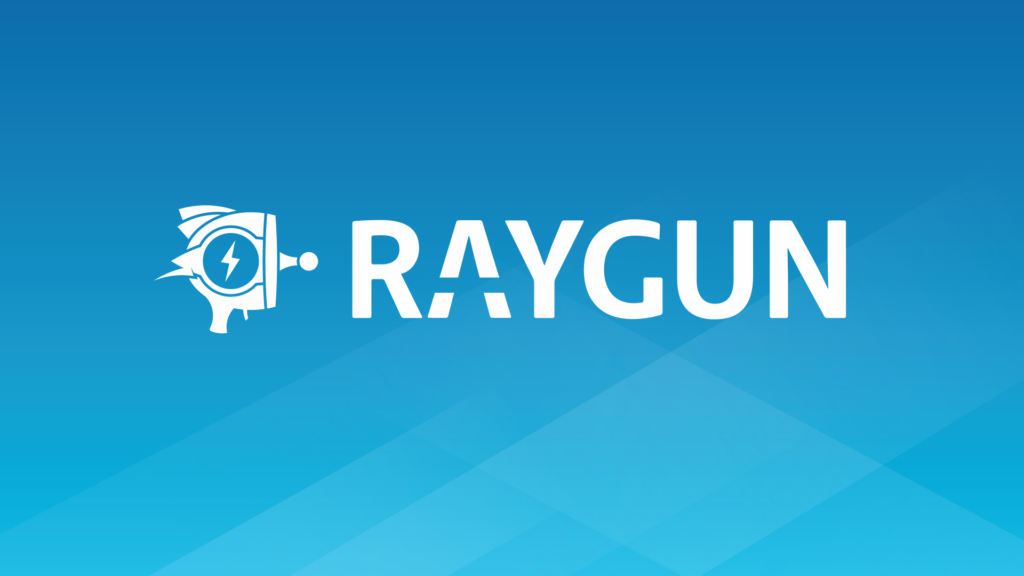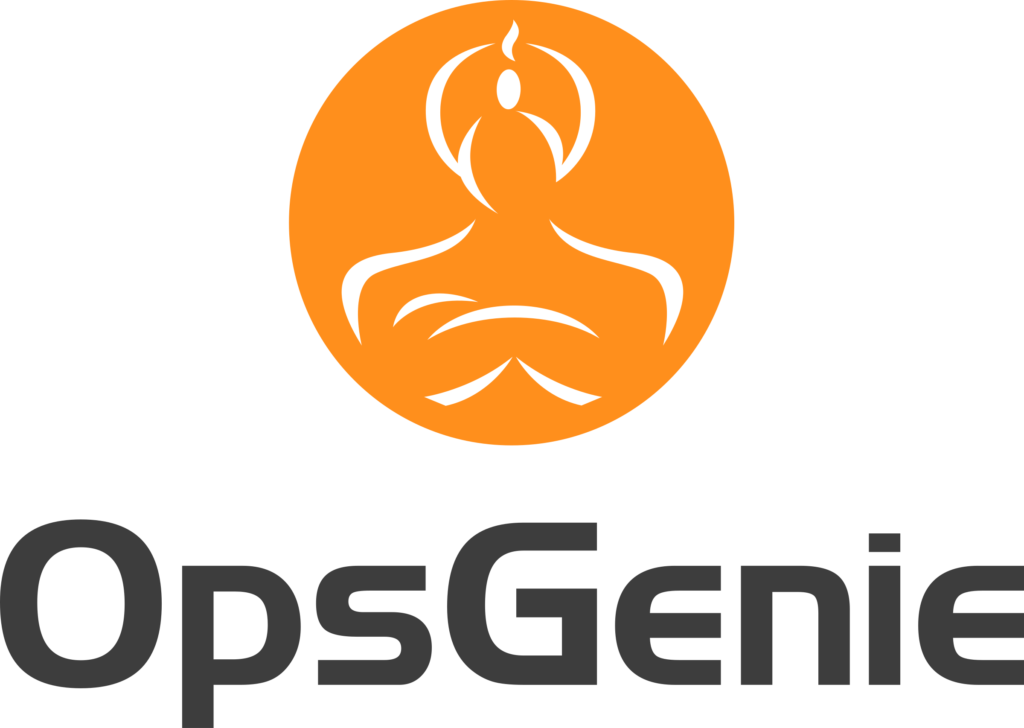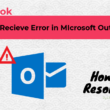In the dynamic realm of incident management and alerting, PagerDuty has long been an emblem of reliability and efficiency. Renowned for its versatile range of features and capabilities, PagerDuty has played an instrumental role in ensuring the uninterrupted flow of operations for businesses worldwide. However, as technology continues to advance and businesses evolve, the pursuit of the perfect PagerDuty alternative takes center stage. Organizations today seek more than just a tool; they seek a tailored solution that seamlessly aligns with their unique operational needs and aspirations.
Understanding PagerDuty: Features and Limitations

PagerDuty, at its core, is a sophisticated ecosystem of incident management excellence. Its feature set is nothing short of comprehensive. From meticulously designed on-call scheduling to real-time alerting and comprehensive incident tracking, PagerDuty leaves no stone unturned in providing a holistic incident management solution. What sets it apart, however, is its unparalleled integration capabilities. PagerDuty effortlessly integrates with a multitude of applications, creating a seamless operational environment where incidents are addressed with the utmost precision and swiftness.
However, no solution is without its limitations. One aspect that merits careful consideration is PagerDuty’s pricing structure. While this may be justified for large enterprises with substantial budgets, it can present a significant financial commitment for smaller to mid-sized businesses. Additionally, some users have reported encountering a steeper learning curve when first engaging with the platform. This learning curve can potentially hinder swift onboarding, making it essential to weigh these aspects in your decision-making process.
What Sets PagerDuty Apart?
PagerDuty’s undeniable strength lies in its reliability. In the high-stakes realm of incident management, there’s no room for error, and PagerDuty ensures that incidents are promptly and effectively addressed. Its flexibility and scalability make it a preferred choice for enterprises seeking a comprehensive solution to complex operational challenges. It’s not merely a tool; it’s a guarantee of operational continuity.
Why Seek PagerDuty Alternatives?

As organizations evolve and their operational needs diversify, there are compelling reasons to explore PagerDuty alternatives. These reasons encompass various facets of business requirements and objectives:
1. Diverse Budgetary Considerations
In a landscape where budget constraints often dictate decisions, exploring PagerDuty alternatives becomes essential. Organizations of different sizes and financial capabilities may find PagerDuty’s pricing model to be a substantial commitment. Seeking PagerDuty alternatives allows businesses to align their incident management solutions with their budgetary constraints, optimizing resource allocation.
2. Specialized Use Cases and Features
Not all organizations have identical incident management needs. Some businesses operate in highly specialized domains, such as healthcare, where compliance and specific workflows are paramount. Others may require advanced automation features or unique integrations. Exploring PagerDuty alternatives enables organizations to find solutions tailored to their industry-specific requirements, ensuring a seamless fit.
3. Enhanced Scalability and Customization
As businesses grow, so do their incident management demands. Scalability becomes a crucial factor in maintaining operational continuity. PagerDuty, while robust, may face limitations in adapting to evolving needs. PagerDuty alternatives often offer greater scalability and customization options, enabling organizations to fine-tune incident management processes to match their growth trajectories.
4. Holistic Operational Optimization
Incident management is just one piece of the operational puzzle. Organizations striving for comprehensive operational excellence may seek PagerDuty alternatives that offer broader suites of tools. These alternatives encompass not only incident management but also encompass aspects such as change management, asset management, and IT service management, creating a unified ecosystem that streamlines operations.
Exploring PagerDuty alternatives is not about diminishing the platform’s capabilities; rather, it’s a strategic endeavor to ensure that incident management aligns harmoniously with an organization’s unique needs and aspirations. In this pursuit, businesses can discover alternatives that not only meet but exceed their expectations, fostering resilience and agility in the face of operational challenges.
Commonly Used PagerDuty Alternatives For Incident Management

Let’s embark on an illuminating journey through the world of PagerDuty alternatives. Each of these alternatives has its distinctive strengths, catering to a broad spectrum of operational requirements:
1. OpsGenie
OpsGenie, now a proud part of Atlassian, stands tall as an impeccable incident management platform. With advanced alerting mechanisms and seamless on-call management, OpsGenie integrates harmoniously with a multitude of monitoring tools. Its alerting capabilities ensure that critical incidents are promptly relayed to the right teams, minimizing downtime and ensuring operational continuity. OpsGenie’s user-friendly interface also aids in swift onboarding, making it an ideal choice for teams looking for a PagerDuty alternative that combines power with ease of use.
2. VictorOps
VictorOps, under the esteemed banner of Splunk, puts collaboration at the forefront of incident management. Its incident timeline and analytics offer a unique perspective, transforming data into actionable insights. VictorOps fosters a culture of teamwork by allowing teams to collaborate in real-time, ensuring that incidents are resolved with efficiency and precision. This collaborative approach not only accelerates incident resolution but also enhances knowledge sharing among team members, making it an excellent PagerDuty alternative for organizations that value collaboration.
3. ServiceNow ITOM
ServiceNow’s IT Operations Management suite extends a helping hand to organizations seeking holistic incident management. Beyond incidents, it encompasses a broader IT service management spectrum, catering to diverse operational needs. ServiceNow provides a comprehensive platform where incidents are just one piece of the puzzle. Its strength lies in its ability to streamline not only incident response but also change management, problem management, and asset management. This holistic approach ensures that organizations maintain operational excellence across the entire IT service landscape.
4. Zabbix
Zabbix, a venerable open-source monitoring tool, transcends beyond monitoring, offering incident alerting, notifications, and event correlation. Zabbix’s cost-effectiveness is one of its standout features, making it an attractive PagerDuty alternative for organizations seeking a budget-friendly solution. Despite its affordability, Zabbix doesn’t compromise on functionality. Its event correlation capabilities enable organizations to sift through the noise and focus on critical incidents, ensuring that resources are allocated where they are needed most.
5. New Relic
The allure of New Relic lies in its application performance monitoring prowess. While primarily an APM platform, it seamlessly integrates alerting and incident management features. A haven for DevOps teams, New Relic ensures applications are always performing at their best. Its incident management capabilities provide real-time insights into application health, allowing teams to address issues before they impact end-users proactively. With New Relic, organizations not only manage incidents but also elevate their overall application performance.
6. Datadog
Nestled in the cloud, Datadog is an all-encompassing monitoring and analytics platform. Its alerting and incident management capabilities offer simplicity and scalability in a complex digital world. Datadog’s strength lies in its ability to provide end-to-end visibility across an organization’s infrastructure and applications. This holistic view enables teams to identify incidents at their root and take proactive measures to prevent them from recurring. Datadog’s scalability ensures that it can grow with an organization’s expanding operational landscape, making it a reliable choice for businesses of all sizes.
7. Splunk IT Service Intelligence (ITSI)
Part of the formidable Splunk ecosystem, ITSI stands as a sentinel of real-time event correlation and alerting for IT services. Dive deep into data analysis and visualization with Splunk, and transform data into insights that drive operational excellence. Splunk’s prowess in data analytics sets it apart. It goes beyond incident management, allowing organizations to leverage the power of data to make informed decisions. With Splunk ITSI, incidents become opportunities for continuous improvement and innovation, positioning it as a top choice for data-driven organizations.
8. AlertLogic
For organizations deeply invested in security, AlertLogic is the trusted partner in incident management. It’s not just a tool; it’s a fortress of security and compliance solutions. AlertLogic’s strength lies in its ability to protect organizations from cyber threats and ensure compliance with industry regulations. While incident management is a crucial aspect, AlertLogic’s holistic approach encompasses threat detection, vulnerability assessment, and log management. This comprehensive security posture makes it an ideal choice for organizations where security is a top priority.
9. Raygun
Raygun is the compass that guides software development teams through the labyrinth of errors and application monitoring. Its alerting and incident management features streamline the development journey, ensuring that your software is always ready to shine. Raygun is tailored for software development teams striving for excellence. It excels in identifying errors and performance bottlenecks within applications, allowing teams to address issues proactively. Raygun’s incident management capabilities ensure that developers have the necessary tools to respond swiftly to incidents, minimizing the impact on end-users and maintaining the integrity of applications.
10. Squadcast
The heartbeat of DevOps and SRE teams, Squadcast is an incident management platform built with efficiency in mind. It harmonizes seamlessly with your existing toolset, paving the way for rapid incident resolution. Squadcast is the key to keeping your operational heartbeat steady. Squadcast is designed to empower DevOps and SRE teams with the tools they need to detect, respond to, and resolve incidents efficiently. Its integrations with popular monitoring and collaboration tools create a seamless incident management workflow, ensuring that teams can respond swiftly to incidents and minimize downtime.
11. Stackdriver (now part of Google Cloud)
Melding with the mighty Google Cloud, Stackdriver offers monitoring, logging, and alerting services tailored for the cloud-centric world. In the cloud, Stackdriver reigns supreme, ensuring that your cloud-based operations are always in the azure. Stackdriver is the ideal choice for organizations leveraging Google Cloud Platform (GCP) for their operations. Its native integration with GCP services provides real-time visibility into cloud resources, enabling organizations to detect and respond to incidents proactively. Stackdriver’s cloud-centric approach ensures that organizations harness the full potential of their cloud infrastructure while maintaining operational stability.
12. Nagios
With a legacy spanning decades, Nagios continues to be the steadfast guardian of network and system monitoring. Its hallmark is customization and extensibility, allowing you to fine-tune your monitoring to perfection. Nagios is a venerable name in the world of network and system monitoring. Its strength lies in its extensibility, allowing organizations to tailor monitoring solutions to their precise needs. While Nagios has a rich history in monitoring, its incident management capabilities have evolved to meet modern operational demands. Organizations seeking highly customizable incident management solutions can find great value in Nagios.
13. Prometheus
The open-source spirit thrives in Prometheus. An entire toolkit designed for reliability and scalability, it’s the trusted companion in the realm of containerized environments and microservices. Prometheus is the go-to choice for organizations embracing containerization and microservices. Its architecture is designed for scalability and reliability in dynamic environments. Prometheus excels at collecting and storing time-series data, making it a powerful tool for monitoring and alerting. Organizations seeking an open-source, cloud-native PagerDuty alternative will find Prometheus to be a valuable asset in their operational toolkit.
14. ELK Stack (Elasticsearch, Logstash, Kibana)
The ELK Stack, now known as the Elastic Stack, is your go-to ally for log and event monitoring. It boasts powerful alerting capabilities that shine a light on the darkest corners of your logs. ELK Stack is the beacon that guides your operational ship through the treacherous sea of logs. The Elastic Stack, comprising Elasticsearch, Logstash, and Kibana (ELK), is a formidable choice for organizations seeking powerful log and event monitoring capabilities. Elastic Stack excels in ingesting, processing, and visualizing log data, allowing organizations to gain deep insights into their operations. Its alerting capabilities ensure that critical events are brought to the forefront, enabling teams to take proactive measures to address incidents.
15. PagerTree
PagerTree, reminiscent of PagerDuty, offers a familiar experience. With on-call scheduling and alerting, it’s a straightforward choice for those seeking continuity. PagerTree ensures that your operational tree bears fruit, even in the face of adversity. PagerTree is a PagerDuty alternative that harkens back to the familiarity of PagerDuty while offering essential incident management features. Its straightforward approach to on-call scheduling and alerting ensures that organizations can maintain continuity in their operations. PagerTree’s simplicity makes it an excellent choice for teams seeking a streamlined incident management solution.
16. Miroculus
Miroculus strides into the arena with a focus on incident response automation. Seamlessly integrating with various monitoring tools, it’s the swift hand of automation in the incident management world. Miroculus ensures that your incident response is as swift as a coursing river. Miroculus is at the forefront of incident response automation, providing organizations with the tools they need to automate repetitive tasks and accelerate incident resolution. Its seamless integration with various monitoring tools ensures that incidents are detected and acted upon swiftly. Organizations seeking to streamline incident response and reduce manual intervention will find Miroculus to be a valuable asset in their operational arsenal.
17. OnPage
For sectors where every second counts, OnPage steps in. It’s not just an incident alert management system; it’s a lifeline. With robust escalation policies and tracking, it’s a choice for the healthcare and emergency services domains. OnPage ensures that every call for help reaches the right hands at the right time. OnPage is a specialized incident alert management system designed for sectors where rapid response is critical, such as healthcare and emergency services. Its strength lies in its robust escalation policies and tracking capabilities, ensuring that urgent incidents are promptly addressed. OnPage serves as a lifeline, ensuring that every call for help reaches the right hands at the right time.
Factors To Consider While Choosing The Perfect PagerDuty Alternative

As you embark on the quest for the perfect PagerDuty alternative, navigating the following factors will illuminate your path:
1. Cost and Budget
The financial aspect is paramount. Ensure that the PagerDuty alternative aligns harmoniously with your budgetary constraints, allowing you to allocate resources where they matter most. Consider not only the initial cost but also any long-term expenses, such as subscription fees or maintenance costs.
2. Integration
A seamless connection with your existing tools and infrastructure is crucial. Verify that the PagerDuty alternative can integrate effortlessly, enabling your operations to flow smoothly without disruptions. Consider how well it can connect with your monitoring systems, ticketing tools, and communication platforms.
3. Scalability
Think long-term. Will the solution grow with your organization’s evolving needs, or will you outgrow it prematurely? Scalability ensures that your operational journey is not limited by technological constraints. Assess how well the alternative can accommodate an increase in the volume of incidents and the expansion of your operations.
4. Ease of Use
The learning curve matters. Consider user-friendliness, especially if swift onboarding is a priority. A solution that is easy to adopt ensures that your team can hit the ground running. Evaluate the user interface, available documentation, and training resources to gauge how quickly your team can become proficient in using the alternative.
5. Specialized Features
Delve into the specific features offered. Do they cater to your unique use cases and operational requirements? Specialized features enhance your operational prowess, allowing you to tackle challenges head-on. Consider whether the alternative offers features that are tailored to your industry or operational focus. Evaluate features such as incident automation, role-based access control, customizable alerting, and reporting capabilities to determine their alignment with your needs.
6. Reliability and Availability
Assess the reliability and availability of the alternative. Downtime can have a significant impact on your operations, so it’s crucial to choose a solution that offers high availability and minimal service interruptions. Look for features such as failover capabilities, redundancy, and disaster recovery options to ensure uninterrupted incident management.
7. Support and Maintenance
Consider the level of support and maintenance offered by the alternative. Reliable customer support can be invaluable when you encounter challenges or need assistance with configuration and optimization. Evaluate the availability of support channels, response times, and the quality of support provided.
8. Security and Compliance
Security is a top concern in incident management. Ensure that the alternative meets your organization’s security requirements and complies with industry regulations. Assess features such as access controls, data encryption, audit trails, and compliance certifications to safeguard your sensitive data and maintain regulatory compliance.
9. Community and User Feedback
Explore the alternative’s community and user feedback. The experiences of other organizations and users can provide valuable insights into the solution’s strengths and weaknesses. Look for user reviews, community forums, and case studies to gauge the alternative’s reputation and track record.
10. Vendor Reputation
Evaluate the reputation and history of the vendor or provider offering the alternative. A vendor with a solid track record of delivering reliable solutions is more likely to provide a stable and well-supported alternative. Research the vendor’s history, financial stability, and commitment to product development and support.
In Conclusion
While PagerDuty continues to shine as a stalwart in incident management, exploring alternatives unveils a world of possibilities. Each alternative in this extensive list has its strengths, offering a distinct advantage for specific needs. The journey to find the ideal PagerDuty alternative begins with a deep understanding of your organization’s requirements, aspirations, and operational landscape. Armed with this knowledge, you can embark on a transformative journey towards operational excellence, where incidents are not setbacks but opportunities for growth and resilience.









